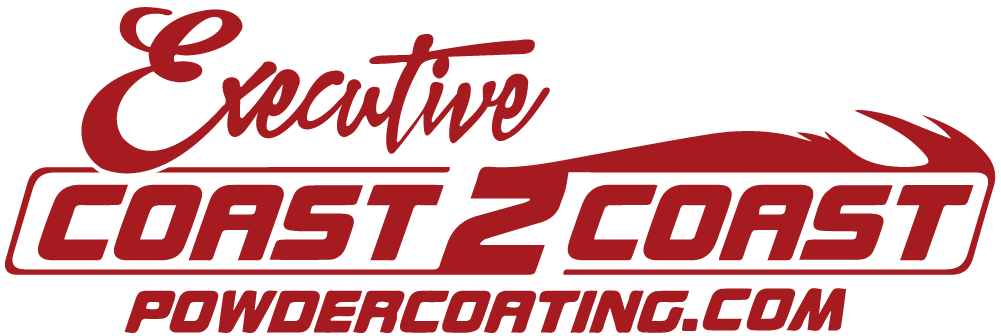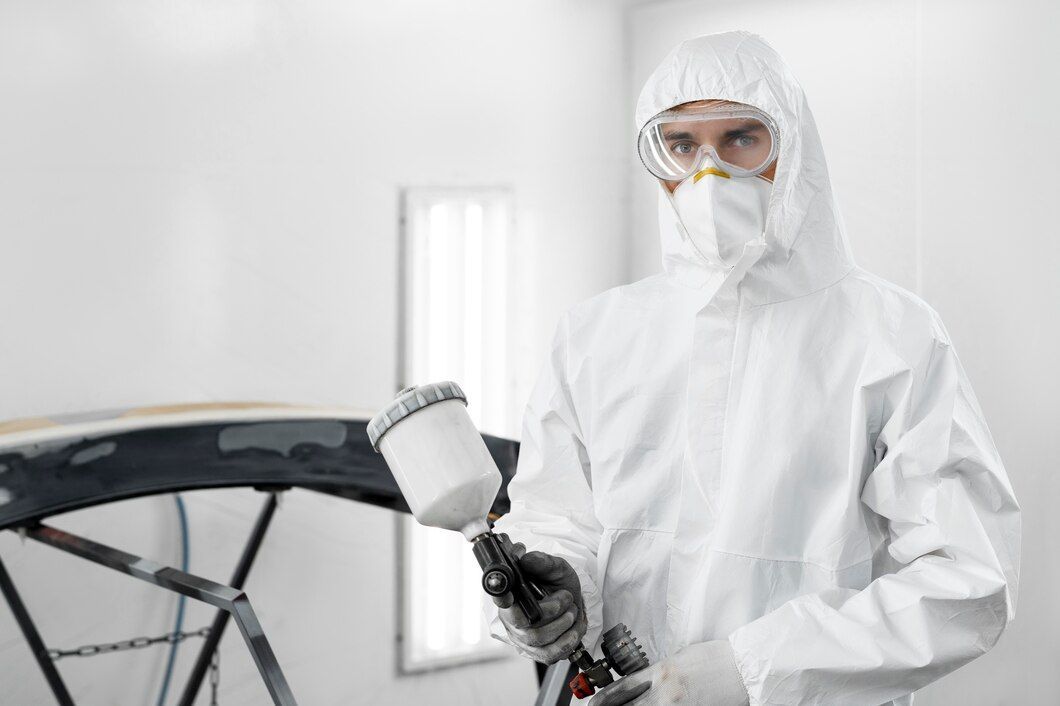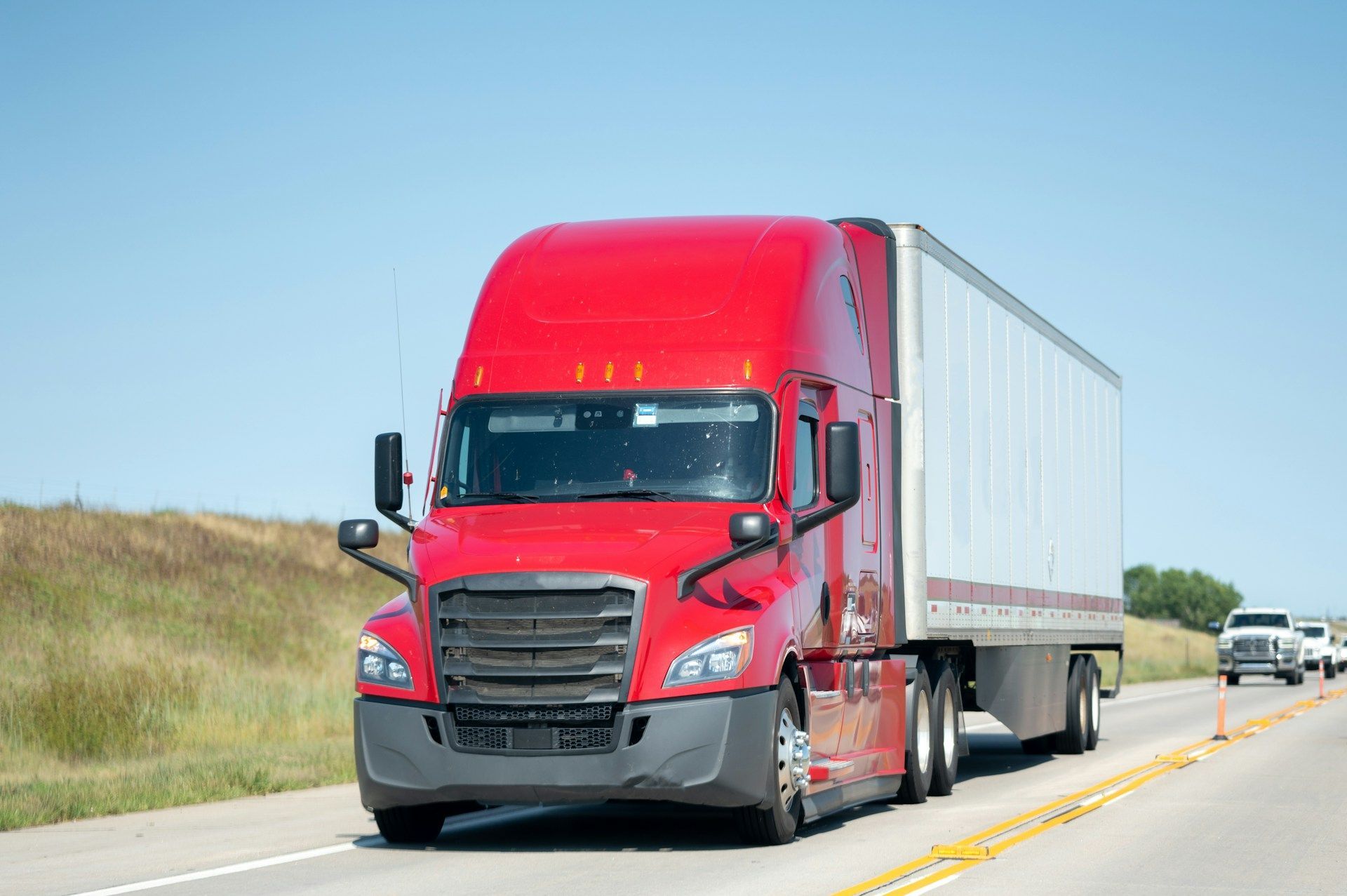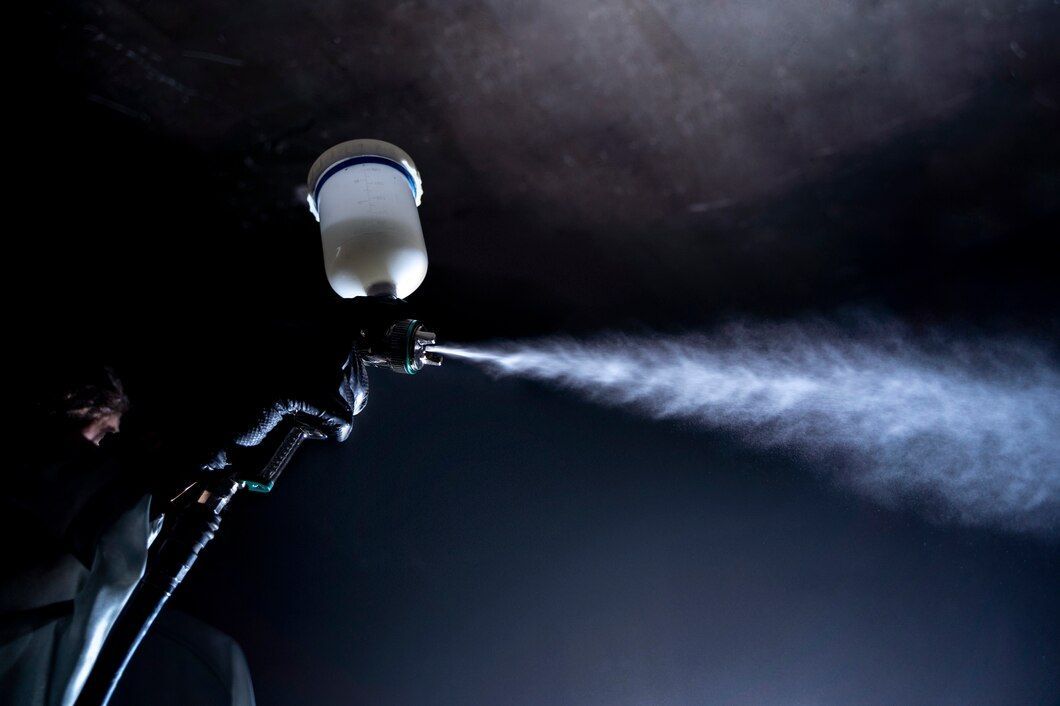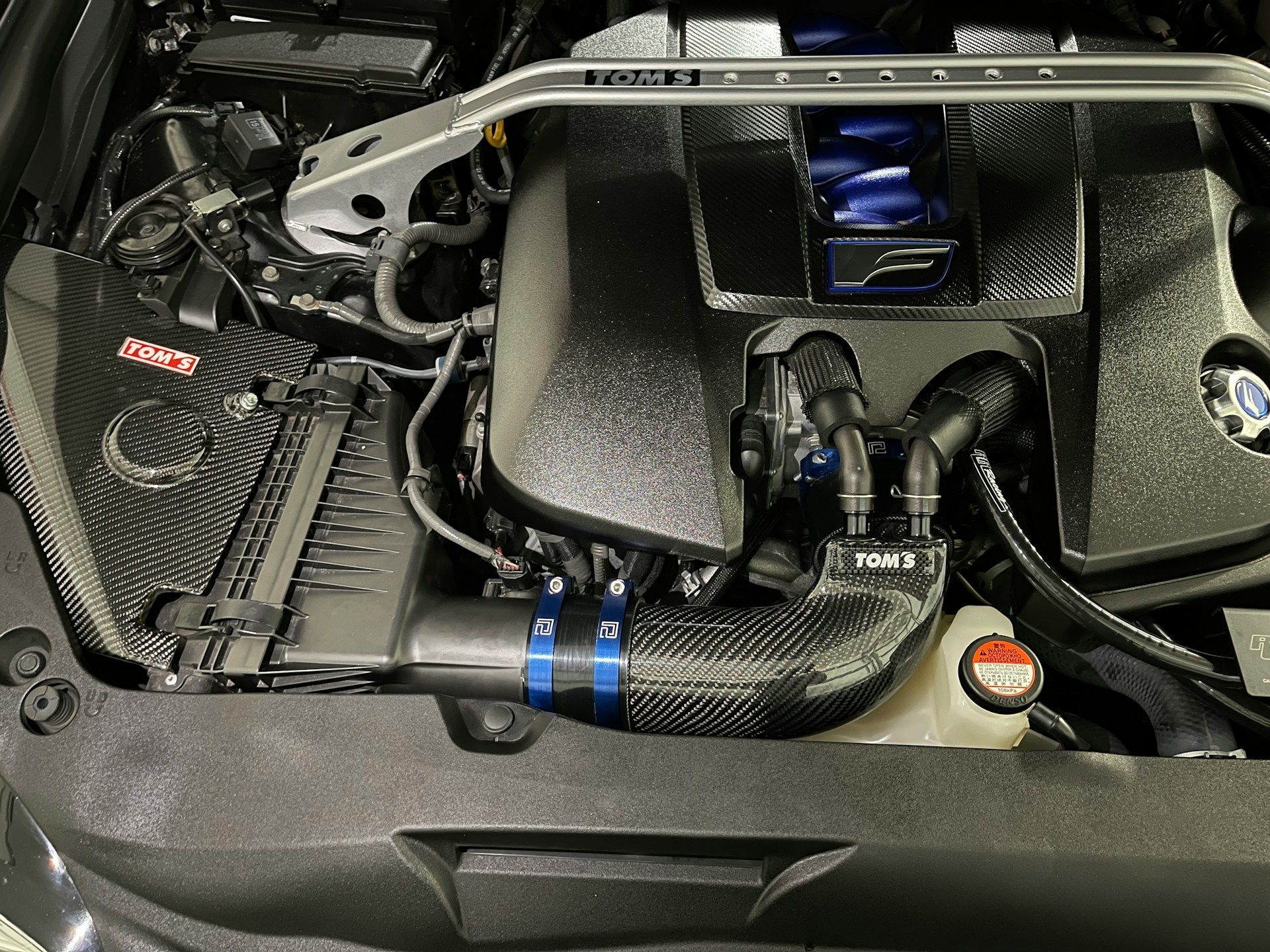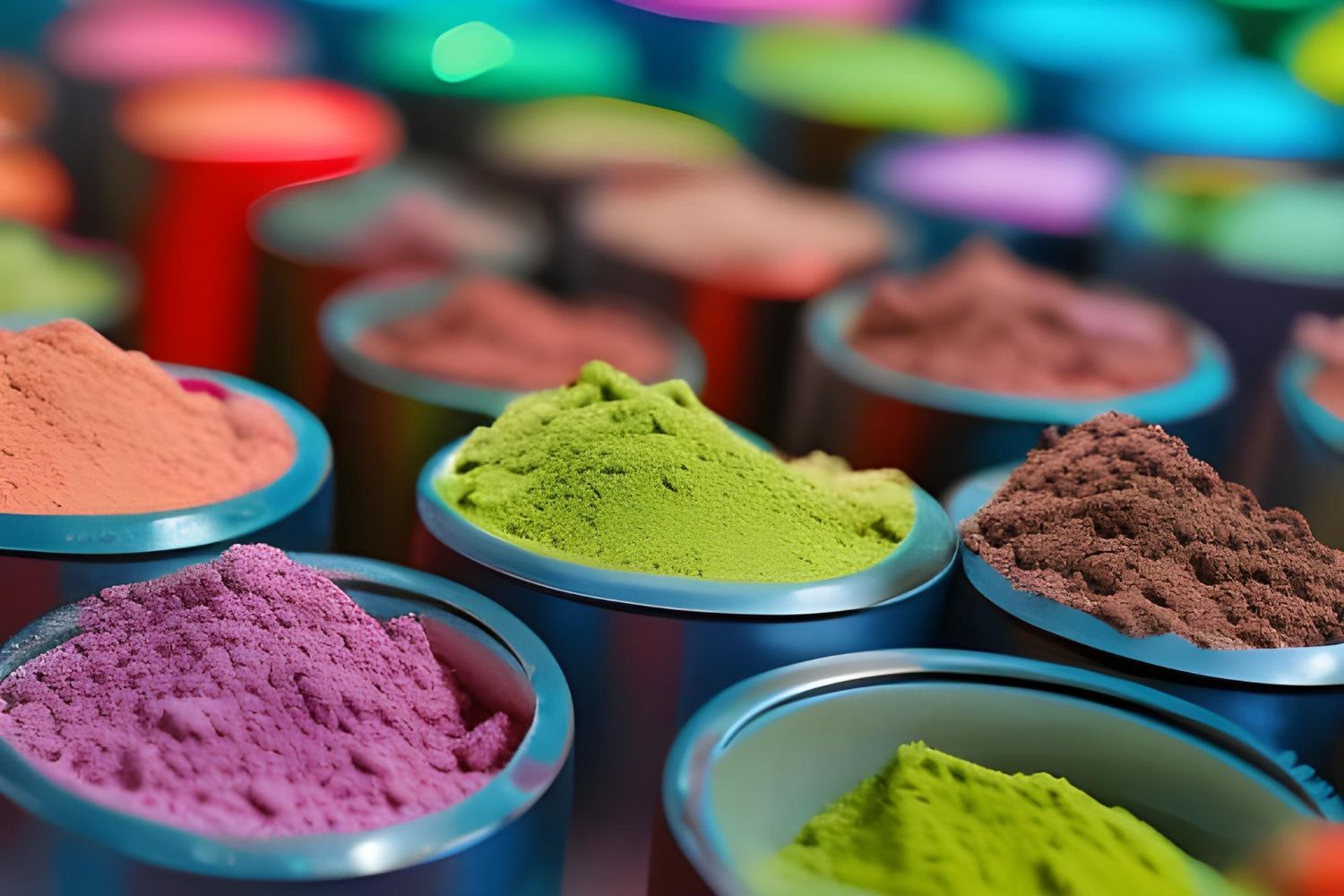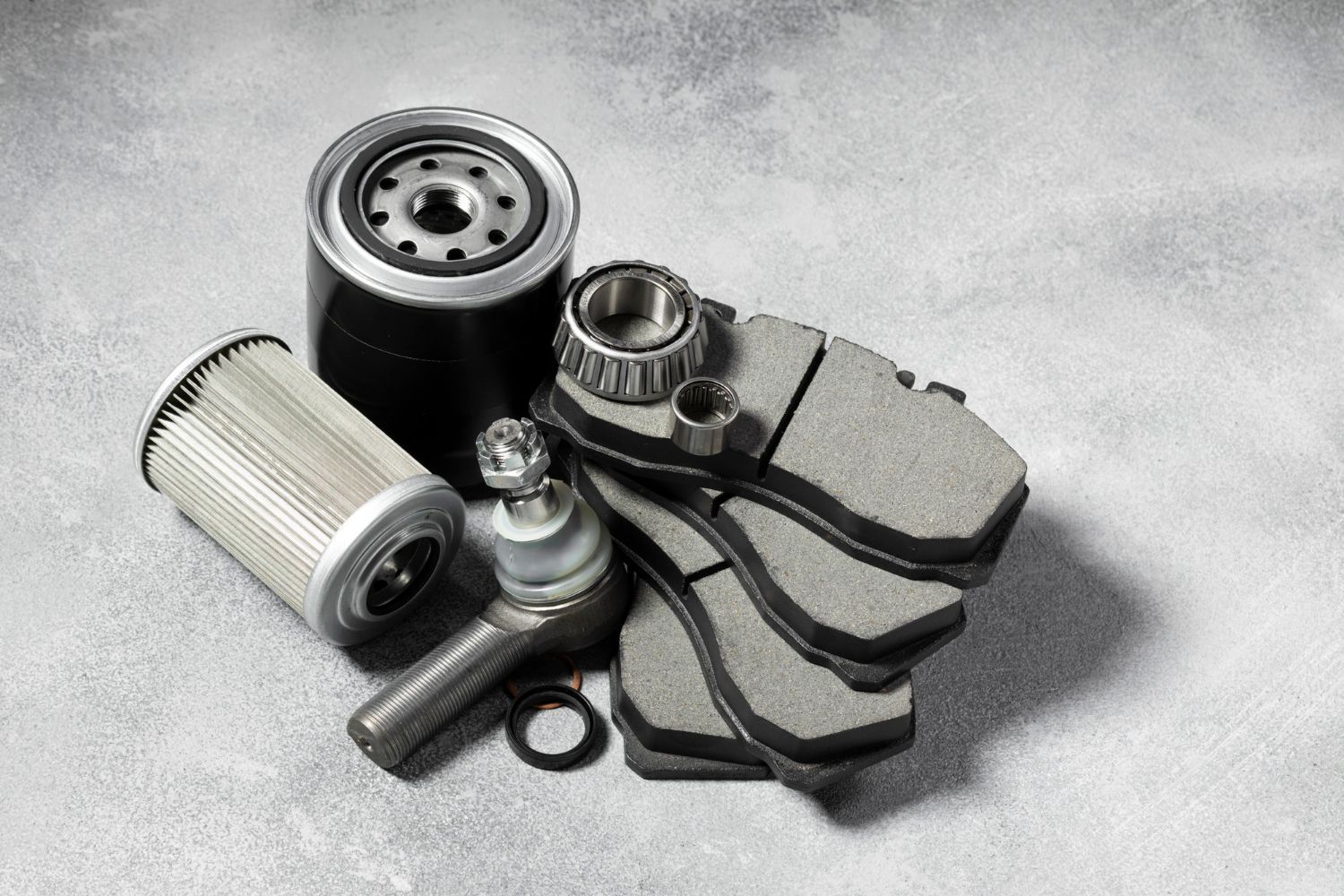The Essential Guide to Powder Coating Safety and Compliance Standards

Powder coating has emerged as a popular and environmentally friendly finishing option for various industries, providing durable and visually appealing finishes for numerous products. However, it is crucial to understand and adhere to the essential safety and compliance standards governing the powder coating process, ensuring the safety of professionals and the environment.
In this comprehensive guide, we will explore the significant safety and compliance standards within the powder coating industry, emphasizing the importance of proper ventilation, personal protective equipment (PPE), and waste disposal. Whether you are a powder coating professional or a business owner considering this finishing option for your products, this essential guide will equip you with the knowledge necessary to maintain a safe and compliant work environment while achieving the highest quality finishes.
Stay informed and protect yourself and your team by delving into this comprehensive guide to powder coating safety and compliance standards.
1. Proper Ventilation and Air Filtration
Maintaining appropriate ventilation and air filtration during the powder coating process is crucial for the safety of workers and the surrounding environment. Powder coating involves the release of small airborne particles, which can pose inhalation risks and other health hazards if not adequately managed.
To ensure a safe working environment, powder coating facilities must adhere to the Occupational Safety and Health Administration (OSHA) standards for air quality, including high-quality air filtration systems, exhaust systems, and booths that prevent the build-up of fugitive dust. These systems protect workers from potential respiratory issues and contribute to a cleaner environment by reducing emissions and preventing powder particles from contaminating other work areas.
2. Personal Protective Equipment (PPE)
Appropriate personal protective equipment (PPE) is paramount to ensuring the safety of workers during the powder coating process. PPE for powder coating includes protective clothing, gloves, eye protection, and respiratory masks to safeguard employees from the hazards associated with handling powder materials and the operation of equipment.
According to the National Institute for Occupational Safety and Health (NIOSH), it is essential to use a suitable respirator when working with materials that generate airborne particles, such as those found in powder coating processes. Additionally, safety goggles or face shields should always be worn to protect the eyes from potential impact or exposure to powder, while gloves and long-sleeve clothing can help prevent direct skin contact with the materials and equipment.
3. Waste Disposal and Recycling
Proper waste disposal and recycling practices within the powder coating industry are important to reduce environmental impact and adhere to regulatory compliance standards. Facilities must adhere to guidelines outlined by the Environmental Protection Agency (EPA) to effectively manage waste, including proper disposal of unused powder, cartridges, filters, and other powder coating by-products.
Many powder coating facilities also implement recycling programs for unused or excess powder to reduce waste and cut down on material costs. Facilities can minimize their environmental impact by reusing excess powder and reducing dependency on raw materials.
4. Equipment Maintenance and Inspections
Regular equipment maintenance and inspection are essential for ensuring the safety and efficiency of powder coating operations. Facilities can prevent accidents, reduce downtime, and maintain a safe working environment by keeping equipment in optimal working condition.
Routine equipment checks should include inspecting the following:
- Electrostatic spray guns for proper function and grounding to prevent electrostatic discharge incidents.
- Ovens and curing equipment for temperature consistency and operational efficiency.
- Air compressors and ventilation systems to ensure adequate airflow and filtration.
- Conveyor systems and hangers to ensure smooth operation and prevent potential accidents caused by overloading or malfunctions.
In addition to routine maintenance, facilities should follow the manufacturer's guidelines for periodic equipment checks and servicing to maintain operational safety and compliance with industry standards.
5. Employee Training and Communication
Employee training and open communication are crucial for ensuring powder coating processes' safe and compliant operation. By providing workers with comprehensive training on handling materials, equipment operation, and safety protocols, facilities can minimize the risk of accidents and improve overall efficiency.
Training programs should include:
- Understanding the properties and hazards associated with powder coating materials.
- Proper use and maintenance of PPE.
- Safe operation of equipment, including spray guns, ovens, and air filtration systems.
- Emergency response procedures and first aid.
- Familiarity with industry regulations and compliance standards.
Additionally, fostering a culture of open communication within the workplace can help facilitate reporting safety concerns or potential hazards, allowing facilities to address issues and maintain a safe working environment proactively.
6. Fire Safety and Prevention
Though powder coating is generally considered less hazardous than traditional wet paint applications, the risk of fire remains a concern due to the presence of fine powder particles in the air. To mitigate this risk, facilities should adhere to the National Fire Protection Association (NFPA) guidelines, which outline fire prevention measures and appropriate responses in the case of an emergency.
Fire safety measures within powder coating facilities can include installing fire suppression systems, fire extinguishers, and fire-resistant partitions within powder storage areas. Regular inspections and maintenance of electrical equipment and proper grounding and bonding of equipment and containers can also help minimize the risk of fire due to electrical faults or static discharge.
7. Regulatory Compliance and Documentation
Compliance with local, state, and federal regulations is essential for ensuring safety within the powder coating industry. Facilities must be diligent in maintaining documentation related to safety data sheets (SDS), training records, equipment maintenance logs, and waste disposal records. This documentation can help demonstrate compliance with industry regulations, protect businesses from potential liabilities, and aid in identifying areas for improvement in safety and operational efficiency.
Prioritize Safety with Executive Coast 2 Coast Powder Coating
Adhering to safety and compliance standards within the powder coating industry protects workers and the environment and ensures top-quality finishes for various products across various industries. At Executive Coast 2 Coast Powder Coating, we prioritize the safety of our team and our commitment to providing exceptional powder coating services, adhering to all necessary regulatory standards.
From proper ventilation and use of personal protective equipment to equipment maintenance, waste disposal, and fire safety measures, Executive Coast 2 Coast Powder Coating ensures a reliable, safe, and efficient powder coating process.
If you're looking for a powder coating partner who values safety and delivers impeccable results, contact our Executive Coast 2 Coast Powder Coating team today. Let's work together to create durable and visually stunning products while maintaining the highest safety and regulatory compliance standards.
Executive Coast 2 Coast Powder Coating is a custom powder coating shop in Morganville, NJ, committed to delivering high-quality results since 2001.
NAVIGATION
CONTACT INFO
Phone: (732) 970-0092
Fax: (732) 970-0094
Email: Sales@coast2coastpowdercoating.com
Address:
2 U.S. 9, Morganville, NJ 07751
WORKING HOURS
Mon-Fri: 8am to 6pm | Sat: 9am to 12pm |
Sunday: Closed
All Rights Reserved | Executive Coast 2 Coast Powder Coating | Sitemap
Website Design by NJ Local Marketing, LLC
